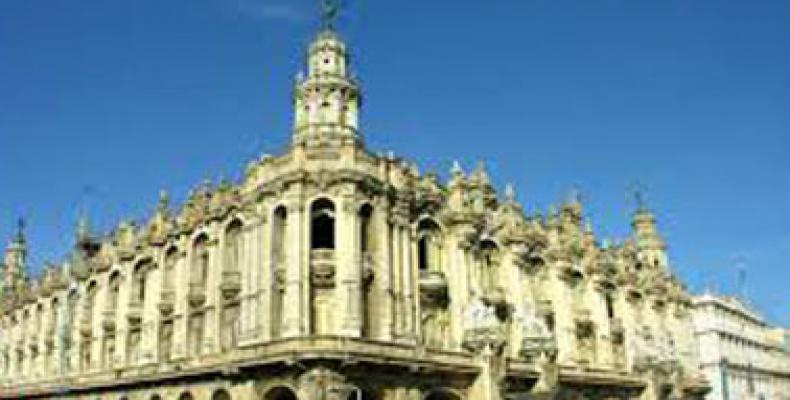The “Gran Teatro de La Habana” is one of the most important Latin American cultural institutions. In the middle of the XVIII century Cuba was a Spanish possession and Havana only had two theaters. The first one was the “Teatro Principal” located on the present Port Avenue or Avenida del Puerto, while the other. the “Diorama”, was situated more centrally in the city but it was smaller.
In 1834, Governor Don Miguel Tacón called on a Catalan friend named Francisco (Pancho) Marty to put him in charge of the construction of a new theater. Marty, was also the manager of the two existing theaters. Despite the scandal this concession provoked he accepted the offer since it assured him the profits of six annual carnival dances or festivities during the next twenty five years.
At the very beginning the building was named Teatro Nuevo but since November of 1837 it became the “Gran Teatro Tacón” in deference to Marty’s protector and friend.
The Theater was officially opened in 1838. Since its opening its opulence made it the cultural focus of the Havana aristocracy. In the years that followed, hurricanes pounded the building, and the property was bought and sold several times.
The arrival of the twentieth century saw an American enterprise buy the theater for 300,000 pesos. Then with the arriving of the Republic it was decided to call the theater Gran Teatro Nacional. The Centro Gallego de La Habana then acquired it for 525,000 pesos. The building was demolished in 1914 to open the way to the one that currently exists. In the German neo-baroque architecture the theater is adorned with a stone and marble statues. There are also sculptural pieces by Giuseppe Moretti, representing allegories depicting benevolence, education, music and theater.
It was not until 1985, and as initiative of the prima ballerina Alicia Alonso that the building was officially renamed and became the Great Theater of Havana where the principal stage is the García Lorca Auditorium, with seats for 1,500 people and balconies, it provides a magnificent setting for the Cuban National Ballet Company, as well as other dance and musical performances.
Today it is the permanent headquarters of the National Ballet of Cuba and the main stage for the International Ballet Festival of Havana. It has rooms for theater, concerts, conferences and video, as well as galleries, and a choral center. Granma Newspaper has recently announced that the Grand Theater of Havana is to be re-named The Alicia Alonzo Theater.


